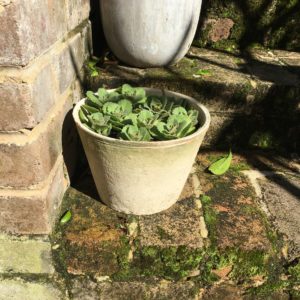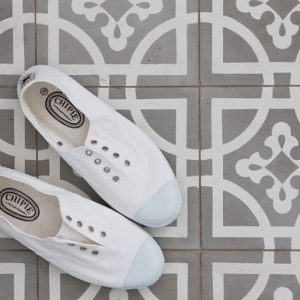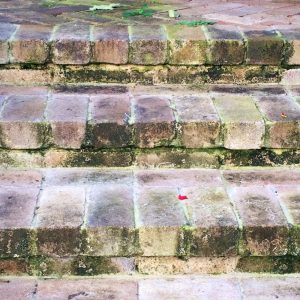Recently an Insta follower commented on a post I made of mossy pavers – ” embrace the wabi – sabi”.
I was intrigued and decided to delve in further. It seems I am a little slow on the lingo around town as I found endless articles online about wabi – sabi. Japanese, wabi – sabi certainly sounds more impressive than its equivalent translation to English, if there even is one.
By definition wabi -sabi is a concept in traditional Japanese aesthetics constituting a world view centered on the acceptance of transience and imperfection.
Liking it so far…..me too. So let’s unpack this further.
It is the quintessential Japanese aesthetic. It is a beauty of things imperfect, impermanent, and incomplete. It is a beauty of things modest and humble.
Acceptance of the dishes in the sink and the beds unmade?
Liking it even more……sounds like a philosophy I would be comfortable embracing. My teens certainly would be preaching this one openly.
I realise when I looked around my home and back at my insta post of the mossy pavers that my innate design instinct embraces wabi – sabi. I just didn’t have a name for it. I am accepting of ageing, with natural deterioration of elements, my home, my garden, my clothing and even myself, in fact I even prefer my surrounds and objects to be imperfect.
When the gardener threatens to gurney the mossy pavers my response is panic and I could spend my lifetime in old ripped jeans. (That said, if the teens ever offered to wash the dishes or make their beds, I would only panic in wonder of what they were wanting in exchange. I would embrace the clean kitchen and bedrooms while it lasted.)
I am completely at ease with natural error and randomness, cracks and faults. My design philosophy with regard to interiors and landscape reflects this, design is a dynamic, unfolding and personal journey and each outcome will naturally and eventually have faults and imperfections that reflect the journey of the occupants. That is the beauty in itself.
The concept of wabi – sabi emerged in the 15th century in Japan as a reaction to the aesthetic of elaborate ornamentation, indulgence and luxury of fine and perfect materials. Wabi-sabi is the art of discovering beauty in imperfection and meaning in the flaws and above all authenticity. In Japan, the concept is deeply ingrained in the culture. A ceramic bowl with a small crack will be filled with gold, embracing the imperfect. A Zen garden raked will have new leaves that have fallen in the breeze, left to admire.
In essence, wabi-sabi embraces everything that the 21st century mass-produced, technology infused world is not. It’s second hand local markets, recycled timber furniture, a hand picked posy of daffodils in an old jam jar, serving afternoon tea in your favourite pot despite the chip on the side and the mossy pavers.
Wabi-Wabi connects us with the raw beauty of the rusting country shed and the crack in my grandmothers teapot that I love and will not throw out or repair. Wabi -sabi honours imperfections and age, rust and rot, the beauty of the ageing process and the evidence of weather and time.
Wabi-sabi is a romantic reminder to us that we are just momentarily on this planet—that our time will come and go and we will return to the ground.
Embracing wabi-sabi doesn’t cost anything nor is it a skill to be learned.
You just need to still your mind long enough to take in the natural beauty around you, the details…..with no judgement. Embracing this moment, accepting what you see rather than seeking how to perfect it.
That is wabi -sabi.







